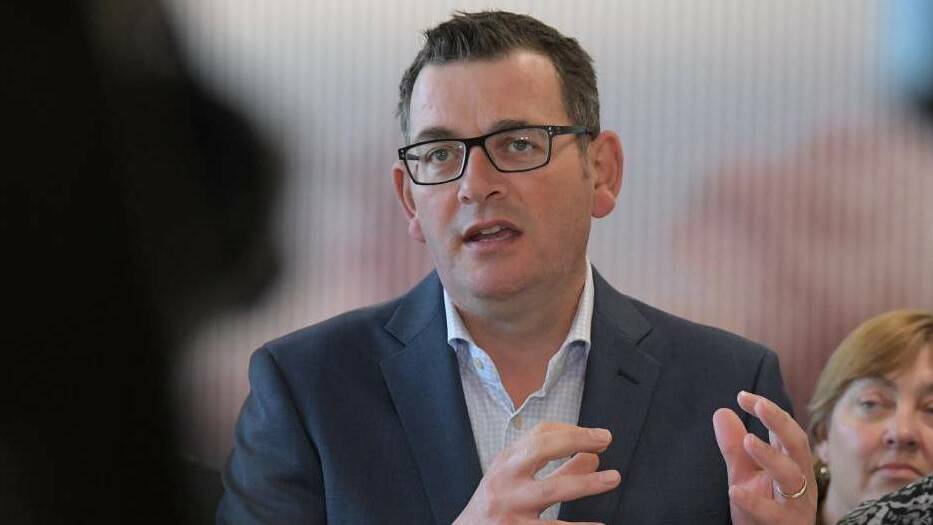
Analysis of COVID-19 cases among healthcare workers in Victoria has revealed those in aged care have accounted for more than half of all infections.
Subscribe now for unlimited access.
or signup to continue reading
Chief medical officer Professor Andrew Wilson, from Safer Care Victoria, said there had been 2692 cases of COVID-19 among healthcare workers as of August 23, most occurring in July and August.
In the first wave of the virus, most healthcare workers acquired the virus from overseas travel or contact with recent overseas travellers, but in wave two, most infections - 70 to 80 per cent - were picked up in the workplace.
More than 50 per cent of infections have occurred among aged care workers, and in hospitals, nurses account for about 70 per cent of cases.
Professor Wilson said poor infection practices were probably the main driver of infection in aged care, but there were also issues with workers moving between facilities.
In hospitals, he said, infection had spread between patients grouped together, and they were working with hospitals on that.
Premier Daniel Andrews said there were currently 475 active cases among healthcare workers.
"That number is coming down and that's pleasing, but even one infection among our health heroes is a concern for us," Mr Andrews said.
There are 215 active cases in regional Victoria.
But Mr Andrews said everyone must remain vigilant, regardless of their postcode.
Among the eight deaths announced earlier on Tuesday are two men in their 70s, four women and one man in their 80s, and one woman in her 90s.
Currently 617 people are in hospital, 35 of whom are receiving intensive care and 19 on ventilators.
There are 4061 infections with an unknown source, an increase of 33 on Monday.
Chief health officer Professor Brett Sutton said the seven-day trend of new cases was heading down.
But he said the lower number of people being tested could have contributed to this, and he encouraged people to come forward and get tested.
Mr Andrews addressed the government's proposal to extend the state of emergency to 12 months.
He said this would not mean the state of emergency would run for 12 months, and it would be reviewed every four weeks.
Mr Andrews described the proposal as an "insurance policy" that would allow the government to continue acting on expert advice.
"These restrictions will be in place for not one day longer than they need to be," Mr Andrews said.
Have you signed up to the Bendigo Advertiser's daily newsletter and breaking news emails? You can register below and make sure you are up to date with everything that's happening in central Victoria.


